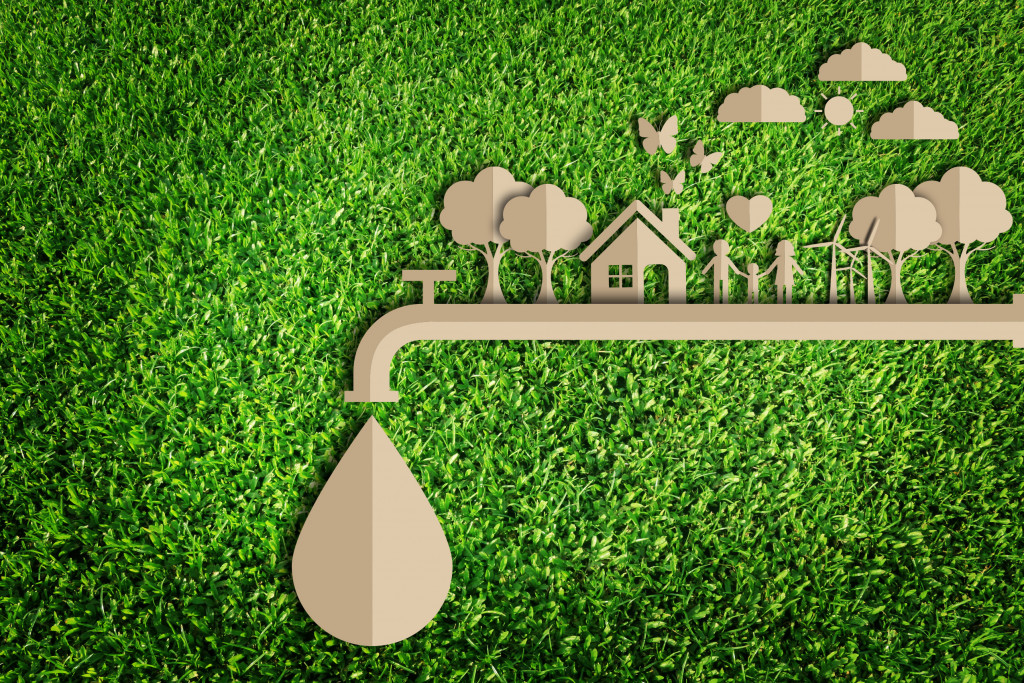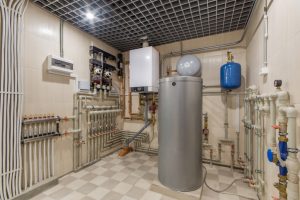Green homes are built to prioritize environmental care and use efficient resources. Big or small, every aspect of the house, from interiors to exteriors, is created with an eco-friendly touch.
The entire process, including construction and maintenance practices, is performed to not damage the environment. People who choose to build green homes or sustainable home designs go into the economy, durability, and comfort of a home.
Since the health of our environment is constantly affected by several human actions, infrastructure professionals work together to come up with organic solutions in constructing buildings and homes. As architects and civil engineers, it is a part of their duties to create homes and commercial spaces that are cost-effective and green.
The ideals of green homes include using materials that won’t harm the environment. One of its significant advantages is that it provides a maximum level of home comfort for the owners. In addition, eco-friendly homes possess distinct aesthetics that sets them apart from other residential designs.
Building professionals look into 10 different things when they design sustainable homes. Let’s discuss them one by one.
Building Orientation
The position of the house in the location it was built matters. Professionals ensure that the house line up on the east-west axis, and the windows should also face south or north only.
The temperature of the location typically dictates the positioning of the windows. For instance, in places with hot weather, homeowners should put big windows on the north side of the house. This will welcome cool air into the home and spread natural light inside.
Site Conditions
Before building a home, the owners should inspect the site condition first. The site’s status should meet your needs and wants for the home you’re about to build. In addition, the site must have access to natural light, air, and water. Green homes are made with sustainability in mind. This house you’re building will be your home for a lifetime, so make sure you place it in a land you like.
Windows
The windows of green homes are typically made of aluminum frames or wood. What’s excellent about aluminum is that it’s toxin-free, cost-efficient, reusable, and energy-saving. Just make sure to hire a professional metal-cutting service provider for a smooth finish.
Wall Materials
A green home’s wall is typically made of materials that absorb heat, such as fabricated brick. Bricks made of lime, sand, and cement are recommended as they are fire-retardant, do not absorb too much water, and absorb the sun’s heat.
Building Materials
The materials used in eco-friendly homes determine how sustainable the house is. Professionals use ceramics, glass, bricks, cement, steel, and aluminum as the primary raw materials.
There was a time when wood was the primary material for green homes, but due to the increasing issues of illegal logging, experts replaced wood with aluminum and mild steel.

Rooms
The process of choosing the location of a room is simple. Here’s what you need to consider in selecting an area for a room:
- The amount of air and light that enters the space.
- The amount of heat that enters the room at night.
- How often will the room be used (to determine which rooms need enough cold and heat)
Roofing
A green roofing system is excellent because of its aesthetics. But what makes it even better is that it’s cost-efficient. Opting for green roofing can provide your home with natural insulation, lowering your energy bills. You can use green roofing in some parts of your roof, or better yet, on the entire roof.
Flooring Materials
You can choose different flooring materials for each room in your home. There are a variety of flooring materials to choose from, including granite, ceramic, bamboo, marble, terrazzo, and parquet. But if you want more eco-friendly flooring, opting to use bamboo and laminated wood is better.
Home Layout
The majority of green homes possess open layouts to reduce the cost of construction. Open designs are great as they enhance the house’s ventilation and light. Open spaces also allow homeowners to arrange their appliances and furniture easily.
Use Solar Panels
Using solar panels can significantly reduce your electric bills. Apart from economic advantages, solar panels reduce the risk of short circuits and fires. Architects typically place solar panels on the roof to ensure enough sunlight to create solar energy. Make sure that the design of your home has a provision for solar panels should you opt to use them.
Deciding to have a green home is one of the best ways to help save the planet. It’s a choice that is beneficial not only for the environment but also for you. So instead of designing a home merely for aesthetics, consider developing a house built with sustainable and eco-friendly materials.






